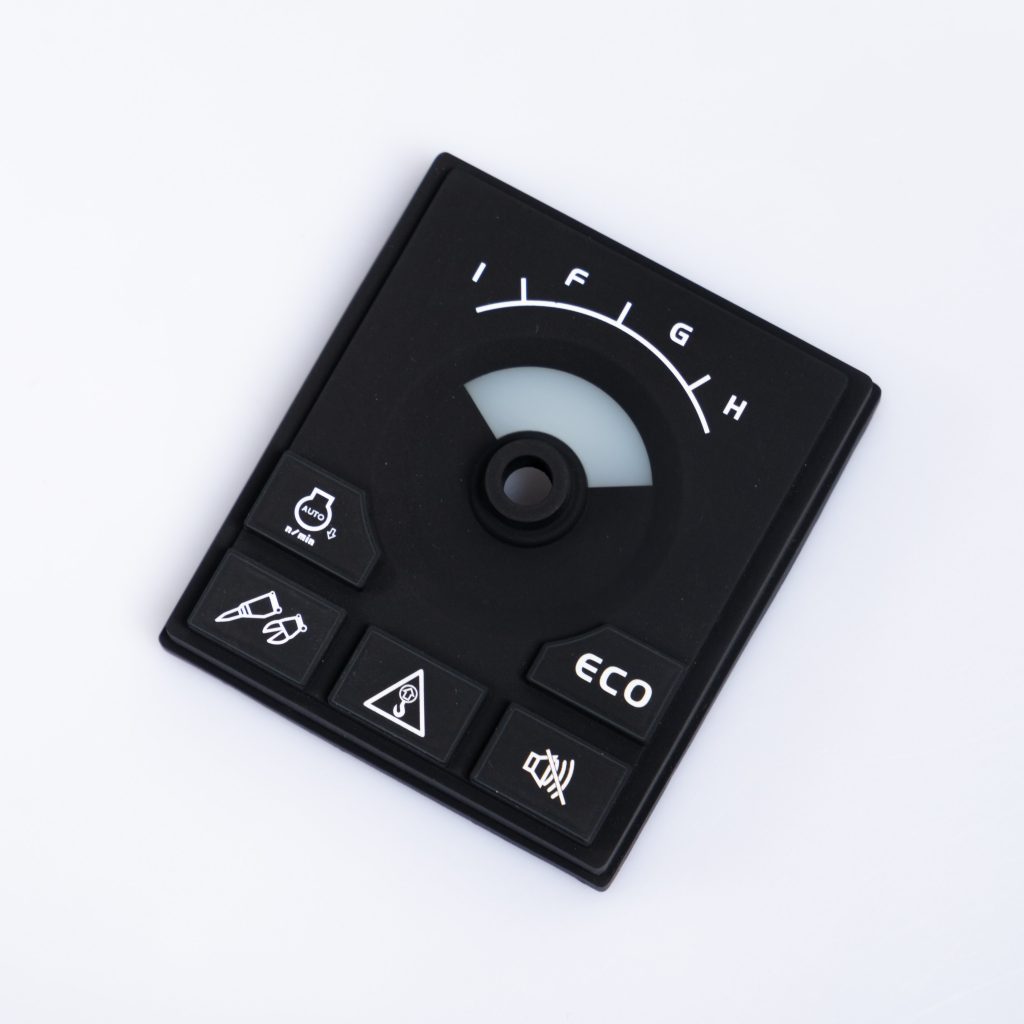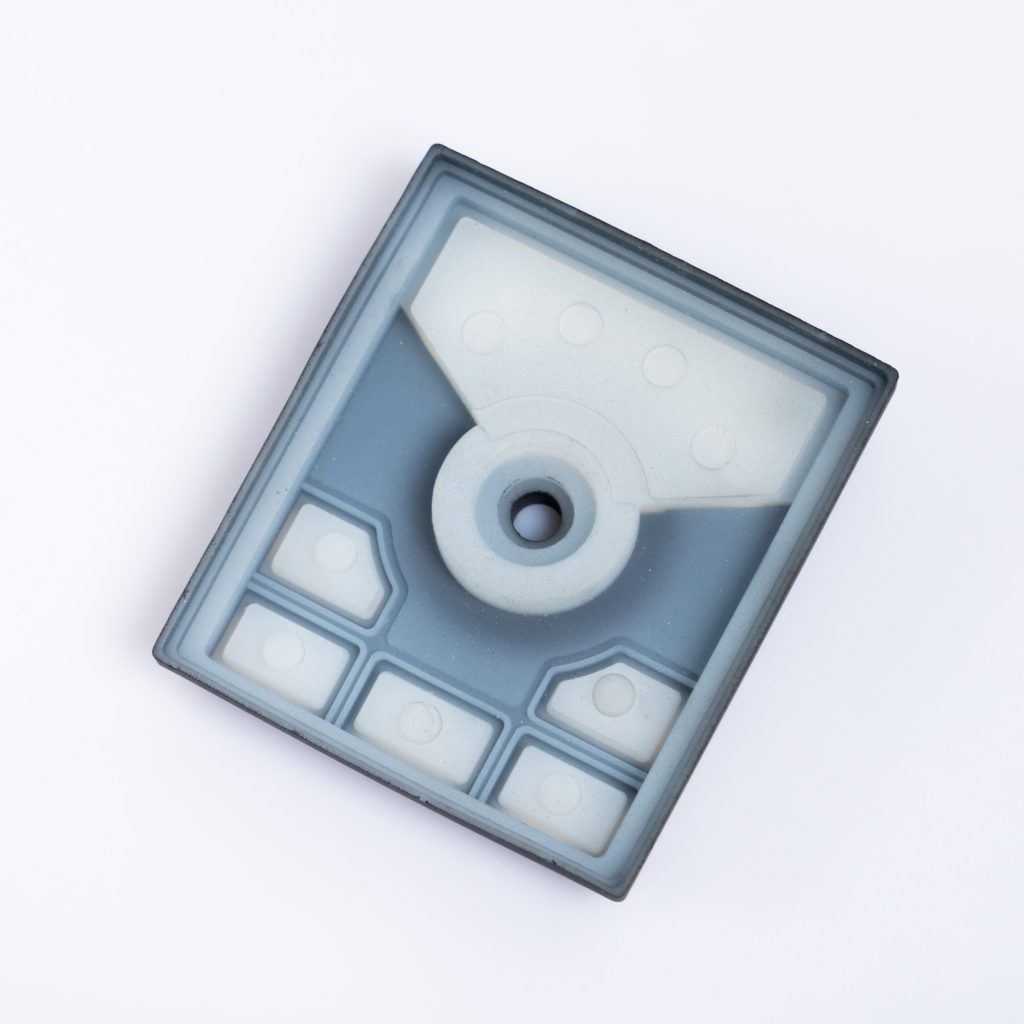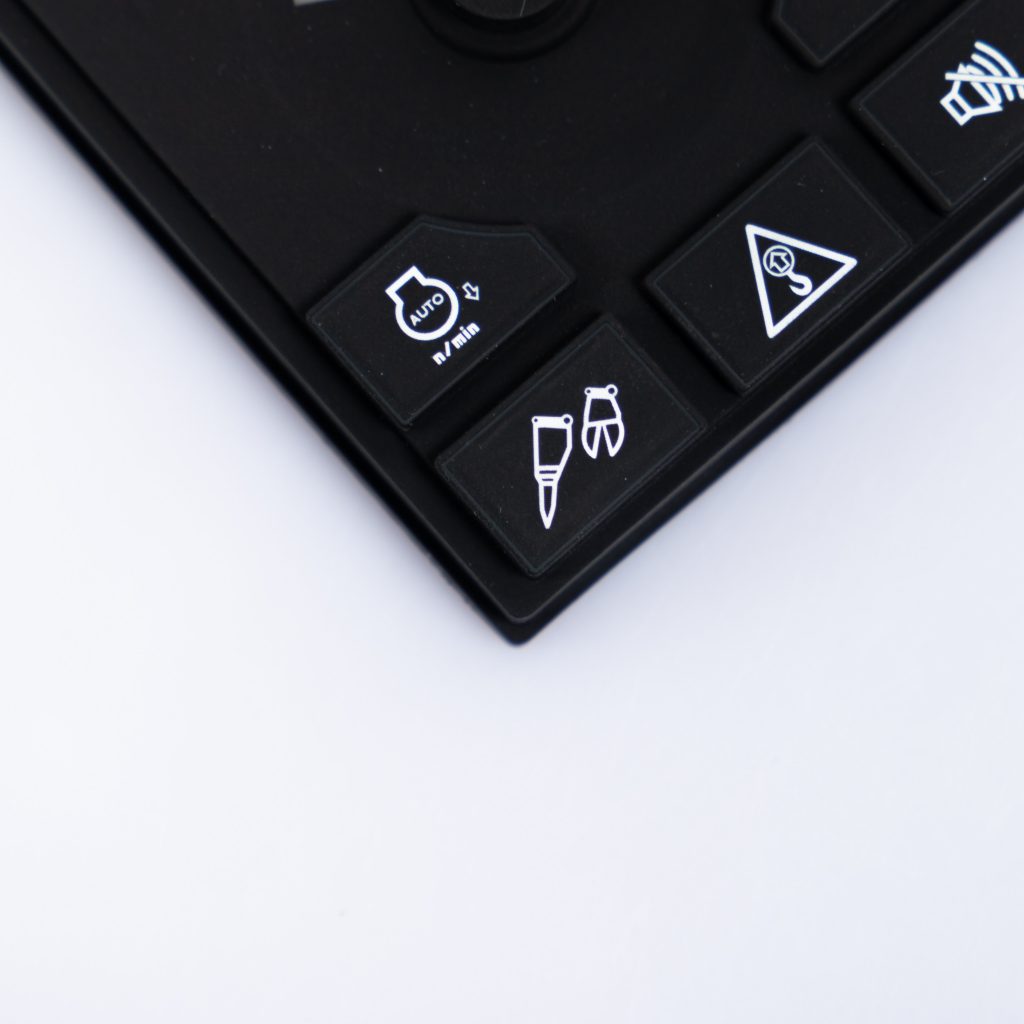Contact
Write to Us And We Would Be Happy to Advise You.
Do you have any questions, or would you like to speak directly with a representative?
By hqt
Silicone rubber keypads have become an integral part of various electronic devices, providing users with a tactile and responsive interface. The manufacturing and testing processes involved in the production of silicone rubber keypads are crucial to ensure their quality, durability, and functionality. In this article, we will explore the detailed manufacturing process of silicone rubber keypads, along with the essential tests conducted to guarantee their reliability. So, let’s dive into the world of manufacturing and tests of silicone rubber keypads and understand the intricacies of this fascinating technology.



Silicone rubber keypads are widely used in applications such as remote controls, calculators, medical devices, and industrial control panels. They are made from a specialized type of silicone rubber that possesses excellent flexibility, durability, and resistance to environmental factors. The manufacturing process involves several steps, including mold creation, material selection, compression molding, post-curing, and final assembly. Let’s explore each step in detail.
The first step in manufacturing silicone rubber keypads is the creation of a high-quality mold. The mold serves as the foundation for producing keypads with consistent dimensions and intricate designs. It is typically made from high-precision metal alloys or durable polymers, depending on the complexity of the keypad design. The mold creation process involves CNC machining or electrical discharge machining (EDM) techniques to ensure precise and accurate dimensions.
Selecting the appropriate silicone rubber material is crucial for achieving the desired properties and performance of the keypad. Silicone rubber is known for its excellent resistance to extreme temperatures, chemicals, and moisture. It also offers superior tactile feedback and durability. Depending on the specific requirements of the application, different types of silicone rubber with varying hardness, color, and conductivity are chosen. The material is carefully evaluated for its compatibility with the keypad design and the desired tactile response.
Once the mold is ready, the silicone rubber material is prepared for the compression molding process. In this step, the material is loaded into the mold cavity, and high pressure and temperature are applied to shape the keypad. The compression molding technique ensures uniform distribution of the material and precise replication of the mold’s features. The process eliminates any air bubbles or imperfections, resulting in high-quality keypads with consistent performance.
After the compression molding, the keypads undergo a post-curing process to enhance their mechanical properties. Post-curing involves subjecting the keypads to elevated temperatures for a specific duration, allowing the silicone rubber to fully cure and achieve its optimal physical characteristics. This step improves the keypad’s resistance to environmental factors, increases its lifespan, and enhances its overall performance.
To ensure the quality and reliability of silicone rubber keypads, various tests are conducted throughout the manufacturing process. These tests evaluate the keypads’ functional characteristics, durability, and resistance to external factors. Let’s take a look at some of the essential tests performed on silicone rubber keypads:
1. Keypad Actuation Force Test
The actuation force test measures the force required to activate each key on the keypad. It ensures that the keys respond consistently and provide a satisfactory tactile feedback to the user. The test is conducted using specialized equipment that applies a controlled force to each key and records the actuation force.
2. Environmental Testing
Environmental testing evaluates the keypad’s resistance to temperature variations, humidity, and exposure to chemicals. It ensures that the keypads can withstand harsh operating conditions without compromising their performance. The keypads are subjected to extreme temperature cycles, humidity chambers, and chemical exposure tests to simulate real-world conditions.
3. Lifespan and Durability Testing
Lifespan and durability testing assess the longevity and robustness of the silicone rubber keypads. It involves repeatedly actuating the keys for a specified number of cycles while monitoring their performance. This test ensures that the keypads can endure extensive usage without wearing out or losing their tactile response.
4. Electrical Testing
Electrical testing is conducted to verify the conductivity and proper functioning of the keypad’s electrical components. It checks the electrical resistance of the keypad traces and ensures that the keys transmit signals accurately to the connected electronic device. This test guarantees the reliability and effectiveness of the keypad in its intended application.
5. Chemical Resistance Test
The chemical resistance test evaluates the keypad’s ability to resist damage or degradation when exposed to various chemicals or cleaning agents. It ensures that the keypads remain unaffected by common chemicals and maintain their integrity over time. The test involves immersing the keypads in different chemical solutions and examining them for any signs of deterioration.
6. UV Resistance Test
UV resistance testing assesses the keypad’s ability to withstand prolonged exposure to ultraviolet (UV) radiation without degradation or color fading. It is especially important for applications where the keypads are exposed to sunlight or other sources of UV radiation. The test involves subjecting the keypads to UV light for a specified duration and evaluating any changes in their appearance or performance.
1. What are the key advantages of silicone rubber keypads?
Silicone rubber keypads offer several advantages, including excellent flexibility, durability, resistance to extreme temperatures and chemicals, tactile feedback, and ease of customization. They provide a comfortable and reliable interface for users, making them popular in various electronic devices.
2. Can silicone rubber keypads be customized for specific applications?
Yes, silicone rubber keypads can be customized to meet the specific requirements of different applications. They can be tailored in terms of shape, color, texture, and printing options to match the design and branding needs of the device or equipment they are used in.
3. How long do silicone rubber keypads last?
The lifespan of silicone rubber keypads depends on various factors, including the quality of the material, the manufacturing process, and the conditions of use. With proper design and manufacturing, silicone rubber keypads can last for many years, even with extensive usage.
4. Are silicone rubber keypads resistant to water and moisture?
Yes, silicone rubber keypads exhibit excellent resistance to water and moisture. They are inherently waterproof and can withstand exposure to liquids without compromising their performance. This makes them suitable for applications where water resistance is a critical requirement.
5. Can silicone rubber keypads be backlit?
Yes, silicone rubber keypads can be designed with backlighting features. By incorporating translucent or transparent materials and integrating LED lights, the keypads can be backlit, allowing for easy visibility in low-light environments.
6. Are silicone rubber keypads suitable for outdoor applications?
Silicone rubber keypads are well-suited for outdoor applications due to their resistance to UV radiation, extreme temperatures, and moisture. They can withstand prolonged exposure to sunlight and other environmental elements without degrading or losing their functionality.
The manufacturing and testing of silicone rubber keypads involve a meticulous process to ensure their quality, durability, and functionality. From mold creation to post-curing, each step contributes to producing keypads with consistent dimensions, tactile feedback, and resistance to environmental factors. Through various tests, these keypads are evaluated for their performance, durability, electrical conductivity, and resistance to external factors. With their numerous advantages and customization options, silicone rubber keypads continue to be a reliable and popular choice for a wide range of electronic devices.
Do you have any questions, or would you like to speak directly with a representative?